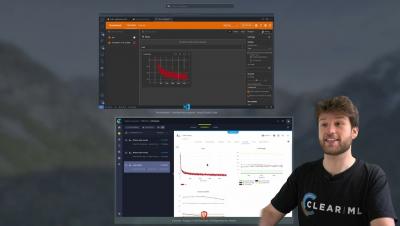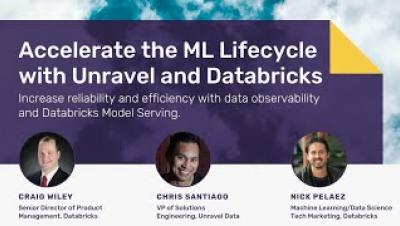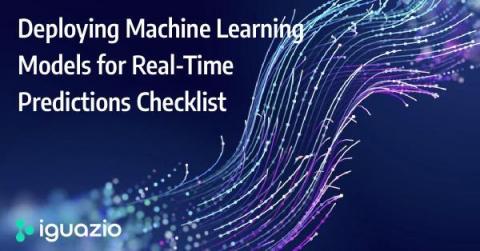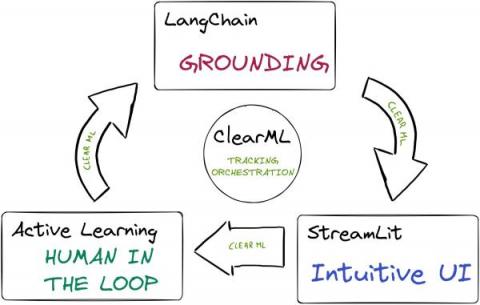Systems | Development | Analytics | API | Testing
Machine Learning
ClearML Onboarding Walkthrough - PART 1: Experiment Management and Data Versioning
Image data classification with BigQuery ML
Your Parents Are Using ChatGPT, So Why Are You Still Manually Training Models?
Accelerate the ML Lifecycle with Unravel and Databricks
Deploying Machine Learning Models for Real-Time Predictions Checklist
[ MLOPS ] Experiment management and remote execution using YOLOv8 and ClearML
Use AI to train AI: prompt learning using OpenAI API and ClearML
Making a Question Answering (QA) bot that can cite your own documentation and help channels is now possible thanks to chatGPT and Langchain, an open-source tool that cleverly uses chatGPT but doesn’t require retraining it. But it’s a far cry from “out of the box.” One example is that you have to get the prompt just right. To get an LLM (large language model) to do exactly what you want, your instructions will have to be very clear, so what if we automate that too?
LLMOPS! Setting up Active Learning with LangChain and ClearML
Say Hello to ClearML's Machine Learning-Powered Sarcasm Detector: How to Train a Language Classifier using ClearML
by Victor Sonck, Developer Advocate, ClearML Sarcasm can be difficult to detect in text, especially for machines. However, with the power of large language models, it’s possible to create a tool that can identify sarcastic comments with high accuracy. That’s exactly what the ClearML team did with their latest project: a sarcasm detector that combines various ClearML tools to showcase the capabilities of MLOps.











